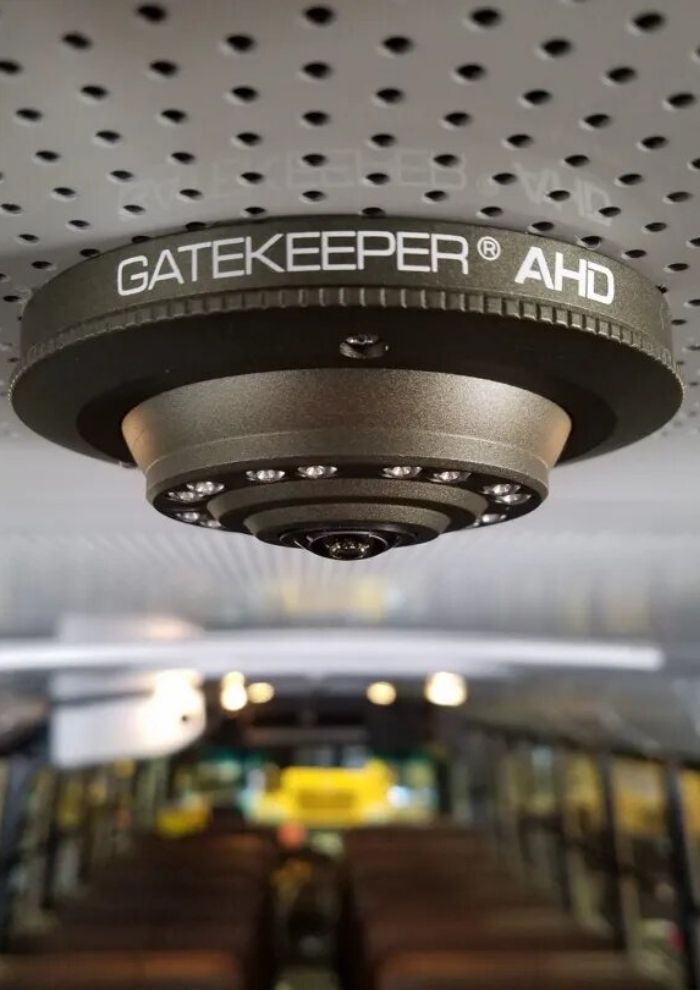How To Choose Between H.264 and H.265 For Video Surveillance
If you have ever streamed a video online, the technology that made it possible is called video compression.
Video compression works by turning large files of raw video content into smaller video files.
It’s impact cannot be overstated, as it’s been the means to making video files manageable enough to streaming, store and send.
The most common tool for video compression is called Advanced Video Coding (AVC), otherwise known as H.264.
Created in 2004, H.264 made it possible to stream high-definition video at a fraction of the file size of previous video compression tools.
Now, a new technology known as High Efficient Video Coding (HEVC), or H.265, allows for the same level of high-definition streaming as H.264 but at an even smaller data size.
How is H.264 different from H.265?
H.264 has long been the video compression standard in the video surveillance industry.
It was a great leap forward from previous video codecs in that it preserved video quality while drastically reducing bandwidth and storage requirements.
H.264 works by dividing a video into tiny groups of frames and then evaluates them as a series. If it detects duplicate content in the frames, it eliminates it as a means of reducing data.
H.265 uses a similar frame system as its predecessor, but one that is more complex. It uses larger, more intelligent frames as well as better motion compensation and spatial prediction to be more efficient at encoding while still preserving the same image quality.
The compression is so good that an H.265 file size is roughly 30% smaller than the size of an H.264 file of the same video.
Is H.264 or H.265 better for video surveillance?
For video surveillance systems, bandwidth, storage and video quality are some of the most important considerations. Transmitting data wirelessly is also becoming more common in certain surveillance systems.
Choosing between H.264 and H.265 depends on the requirements of the system.
H.264 is still the most popular video compression standard for a reason. It’s versatile, and it’s easy to implement and use.
The video quality for H.264 and H.265 is the same, with no discernible difference between the two.
The benefit of using H.265 is that video files take up a third less storage space, and they need less bandwidth to stream.
For video surveillance systems that use remote viewing and live streaming, the reduced bandwidth of H.265 means a smoother live feed and remote viewing experience without losing any video quality.
The smaller file sizes also have the benefit of creating longer recording times, extending the recording time for a system using H.265.
H.265 also supports resolutions up to 8192 × 4320, including 4k and 8k UHD, which makes it a solution for almost any use.
To see a comparison of H.264 and H.265, watch this video to see both codecs in action:





